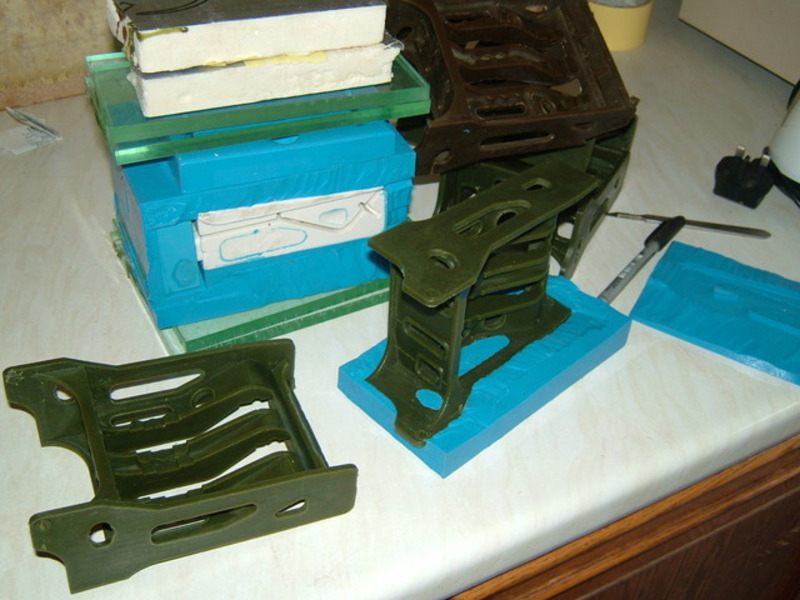scottmartin
New Member
Hello everyone,
I’m currently working on a project involving liquid silicone rubber (LSR) injection molding and could use some guidance.
I’m struggling with optimizing the curing process to ensure consistent quality and minimize defects.
My current challenge is balancing the curing time and temperature to achieve the best results without overcomplicating the setup.
I’d love to hear any tips on mold design considerations for LSR.
If anyone has experience with this and could share their insights or best practices, it would be greatly appreciated!
I’m currently working on a project involving liquid silicone rubber (LSR) injection molding and could use some guidance.
I’m struggling with optimizing the curing process to ensure consistent quality and minimize defects.
My current challenge is balancing the curing time and temperature to achieve the best results without overcomplicating the setup.
I’d love to hear any tips on mold design considerations for LSR.
If anyone has experience with this and could share their insights or best practices, it would be greatly appreciated!








































































